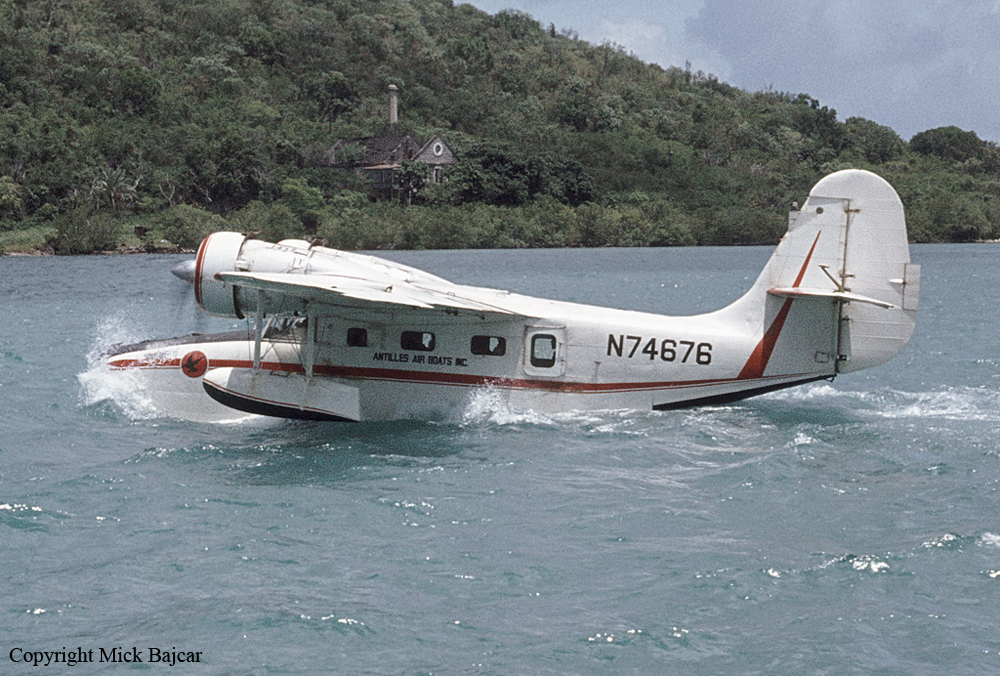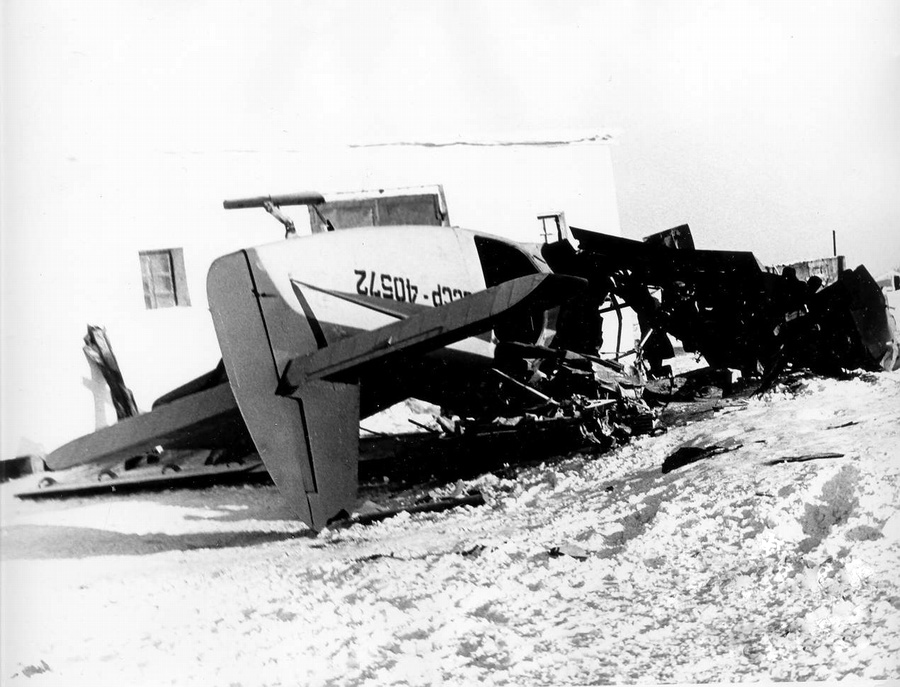Ground accident of a Lockheed C-130H Hercules in Milan
Date & Time:
Jan 23, 1979
Registration:
MM62000
Survivors:
Yes
MSN:
4497
YOM:
1973
Crew on board:
0
Crew fatalities:
Pax on board:
0
Pax fatalities:
Other fatalities:
Total fatalities:
0
Circumstances:
Technicians were engaged in ground tests at Malpensa Airport. While parked on the ramp, an engine run-up was initiated when the airplane jumped over the chocks and eventually struck obstacles and came to rest. There were no injuries.











